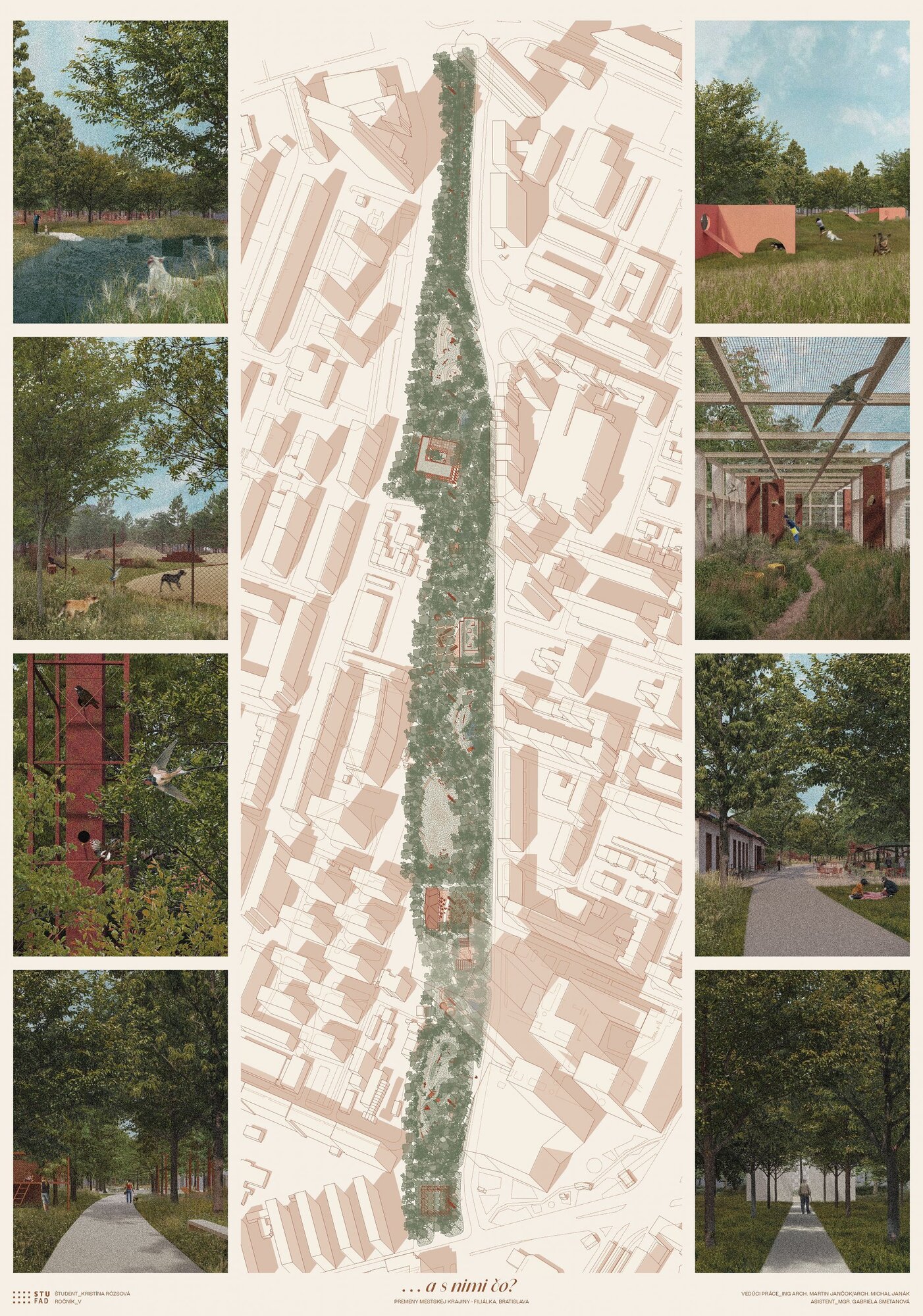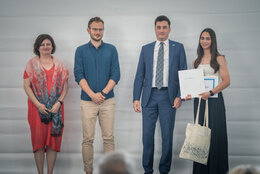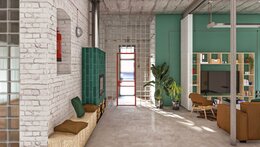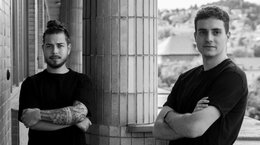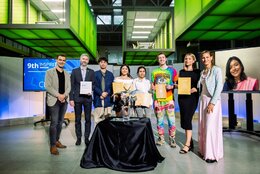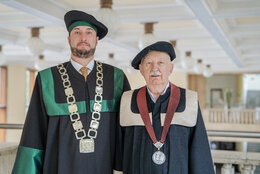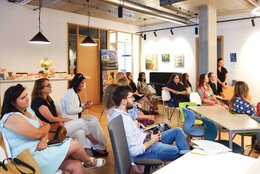A simple space for everyday use by anyone – this is how the winner of the FAD Dean’s Award 2023/2024 Bc. Kristína Rózsová characterized the result of her award-winning work on the assignment of the Branch in Bratislava. How did she work towards her “green” solution for the currently neglected space of the former station?
Tell us a little about the assignment regarding the Branch in Bratislava. What was the task of the students to solve?
The “Branch” is the territory of the former train station and is one of the largest potential development areas in the wider center of Bratislava. It is located between two radials – Račianská ulica and Vajnorská and has a strong linear form that connects Trnavské mýto and the intersection of the former welding institute. Currently, this space is not used in any specific way and there are discussions about its reuse as an infrastructure node. The intention of the Jančok Janák Vertical Studio was to build on existing qualities and uses. The landscape character, public space, was preferred rather than a large degree of development, as there is a noticeable lack of local parks in Bratislava.

Kristína Rózsová
Did you know this space before, or did you have to familiarize yourself with its potential?
I used to go around Filiálka quite often to work or school, whether by bike, on foot, or by public transport. I noticed it, but I was not an active user of this space.
Your solution was not to build on the railway "brownfield" area, but to create a vision of green space. Were you not afraid that such an approach would be evaluated by the teachers as failure to fulfill the assignment?
No, I was not afraid. At first, I had a lot of trouble grasping this topic, since the environment around Filiálka is very diverse - Tehelné pole, the new Istropolis, Trnavské mýto, the Unitas residential complex, or Februárka, the new Pri mýte residential complex... It was only during one walk that I realized that the many dogs and people doing sports are actually the "entity" that really actively uses this space and sees meaning in it. So why would I take it away from them? Creating a complete contrast with absolute afforestation against the surrounding development also seemed to me like a promising experiment that could add quality to the place, both from the user's point of view and from the point of view of ecology or climate crisis.
How would you characterize the main principles or architectural positions of the architects who guided you at VA Jančok Janák?
Two semesters in this vertical studio gave me an incredible amount. From the beginning, they led us to the relationship between landscape and architecture, which was something I had not encountered much before. Usually, more emphasis is placed on architecture. Based on various lectures, references, or books, they tried to bring the topic of landscape as close to us as possible, and I think that this influenced several students in a positive way in the future. They tried to show us how to look for quality in what already exists, how to look for connections, or how to benefit from what at first glance seems like a problem. I have to say for myself that it was a really good experience.
Do you think that the time has come for similar green solutions to be put into practice or for similar bold visions to remain only within the framework of school projects?
Definitely yes. I don’t know if I would characterize my Filiálka solution as bold. Although the design works with only three objects – the former Filiálka station, the new training center building, and the new shelter building – it also tries to involve its wider surroundings. Kindergartens or elementary schools in the area could benefit from this space, which could support the shelter or training center through various joint lectures or workshops. The generous amount of trees throughout the area can provide a very rare space, especially in the summer, in the wider center of hot Bratislava. There is also space for various pop-ups, performances, or just plain relaxation. It is a simple space for everyday use by anyone, perhaps there is nothing daring about it.
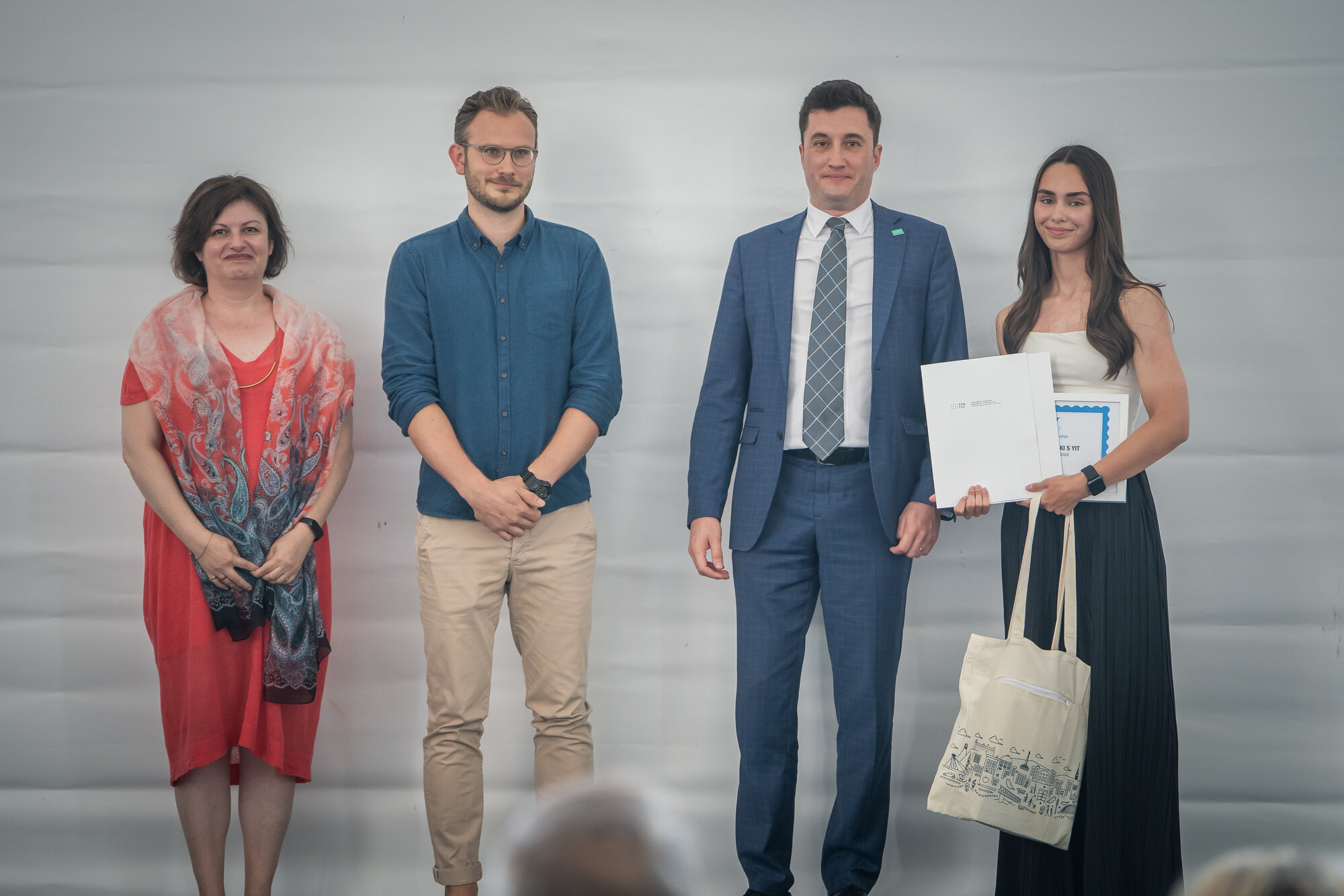
foto: M. Kováč
How did you personally develop a "green" philosophy, what influenced you the most, what trend, what philosophical direction, what studies?
Paradoxically, I wouldn't say that I was specifically influenced by any trend or direction. My concept arose from a feeling. As the title of my work suggests: "... and what about them?", the solution is based on a question that people probably don't ask themselves much these days. In the design, I tried to raise awareness of the importance of fauna and flora in the city as much as possible. I was inspired by unusual solutions to everyday things - a shelter that is not only for dogs and is not on the outskirts of the city, a park where everyone is allowed to enter, or a run that is not just a fenced-off, trampled grass with a few obstacles.
Your portfolio also includes a project for a house for people suffering from Alzheimer's disease or a House of Mourning. How close are similar social themes within architecture to you? What do they require from an architect?
These themes are becoming increasingly relevant, it makes me happy to see successful implementations in practice, not just bold visions on school grounds. I think that a kind of "reform" of such objects is taking place, especially when it comes to social service homes. Their current form in dilapidated mansions is not sustainable, it lacks a human scale. As architects, we must first partially understand the lives of the people we design for, and bring them solutions that will somehow simplify their lives and raise their quality.
Have you already started a job, what are you currently working on? How does practice differ from the assignments you received during your studies?
I am currently part of the great Tvar architekti collective, where we work on assignments of various scales - from interiors, family houses to smaller urbanisms. I think that in practice, those assignments are much more rational, they have more limitations. At school, we try to find feasible solutions, but there is always more room for a certain utopia that would not work in practice. It would probably be difficult to find an investor who would not want to extract as much money as possible from a plot of land in a lucrative location, let alone someone who would want to build a building for a non-profit organization there.
You come from Dunajská Streda, what architectural challenges do you see in the vicinity of your birthplace? Would you like to work on the reconstruction of some "branch" within southern Slovakia?
Certainly yes, I have been quite enjoying solving public space lately. Coincidentally, something similar is currently being solved - on the outskirts of the city we have a go-kart track, which is primarily used by driving schools, and sometimes go-kart races are held there. However, a competition was announced in 2022 to transform this space into a city park. The winning design was great, so I hope everything goes as planned and soon this city will finally be able to enjoy a quality public space.
